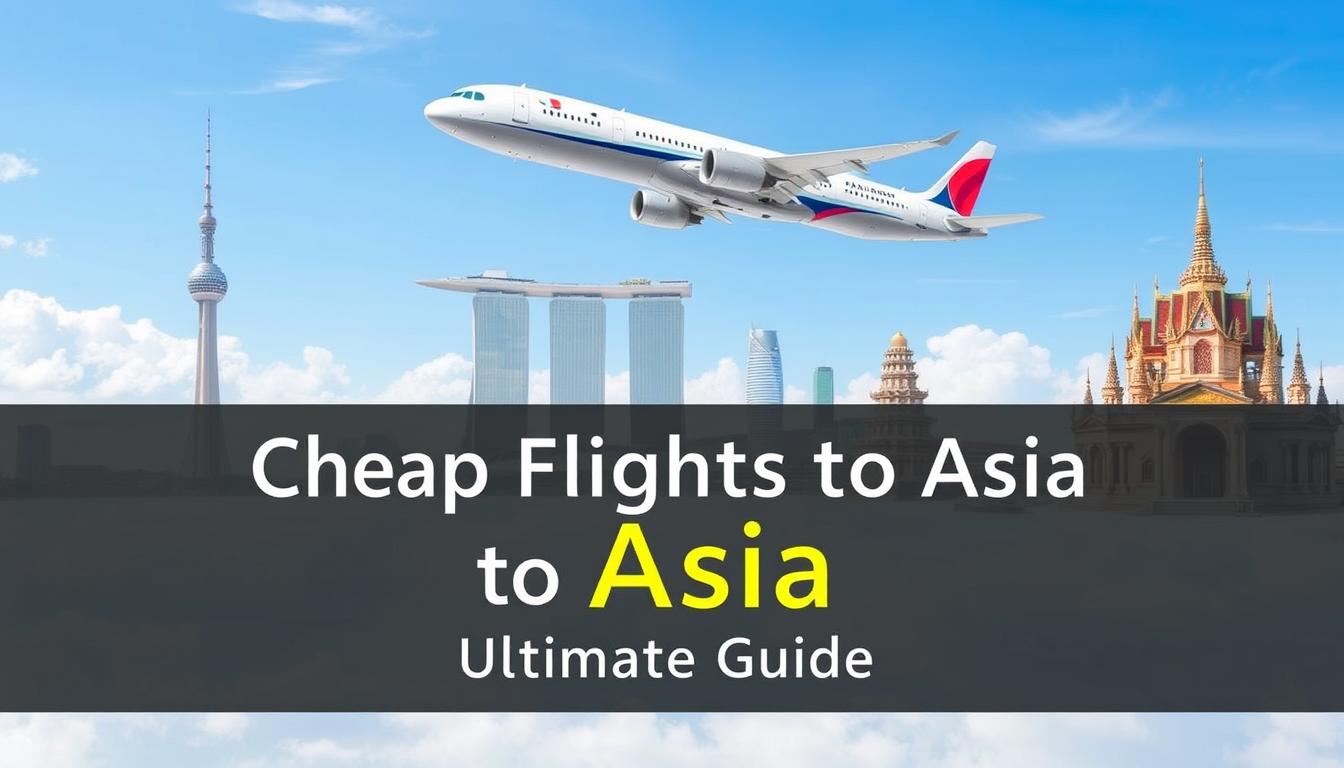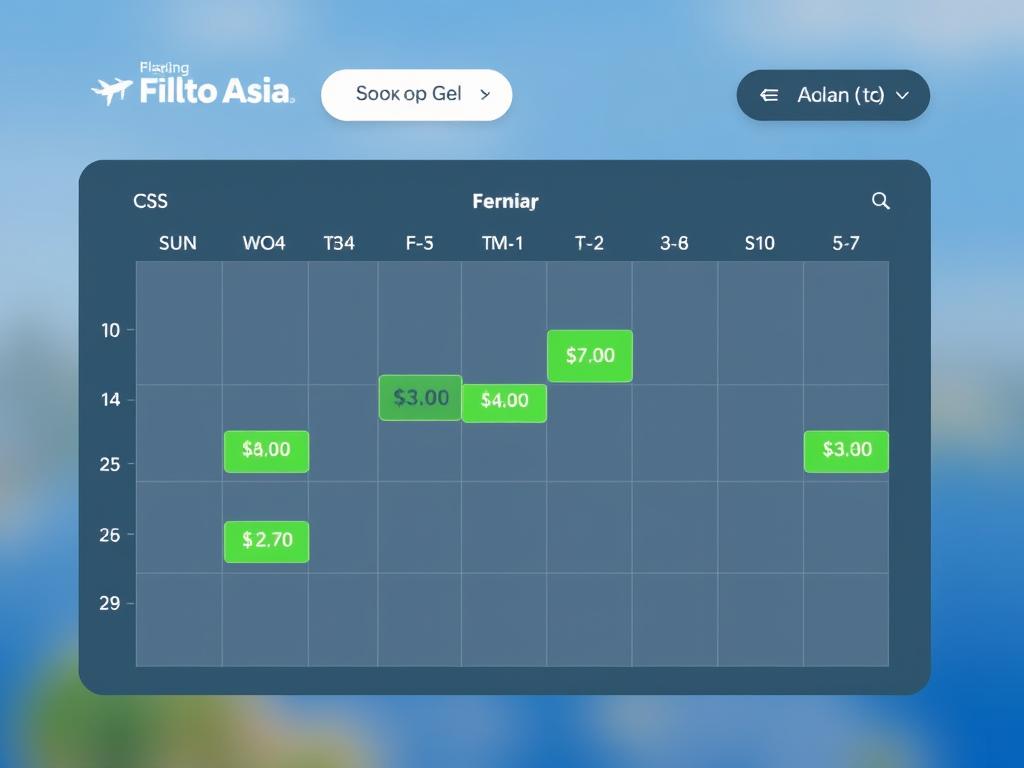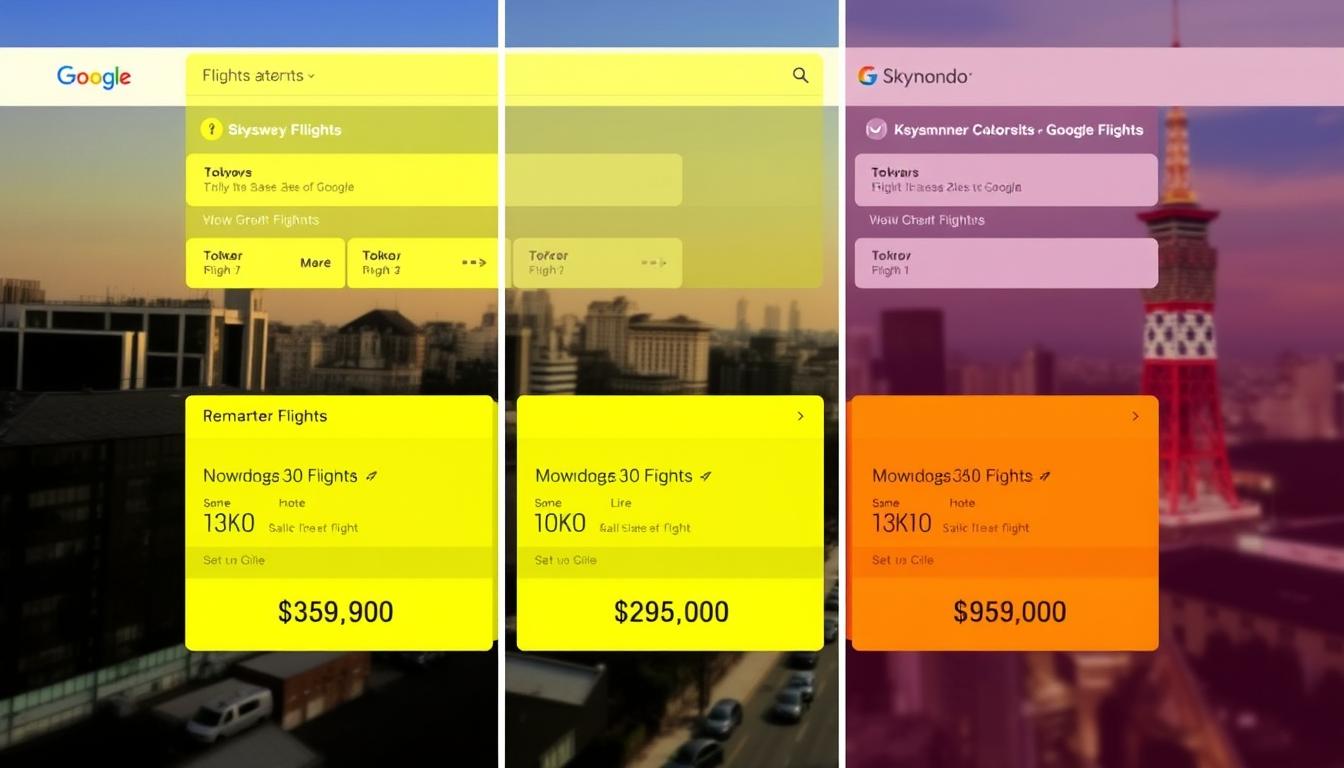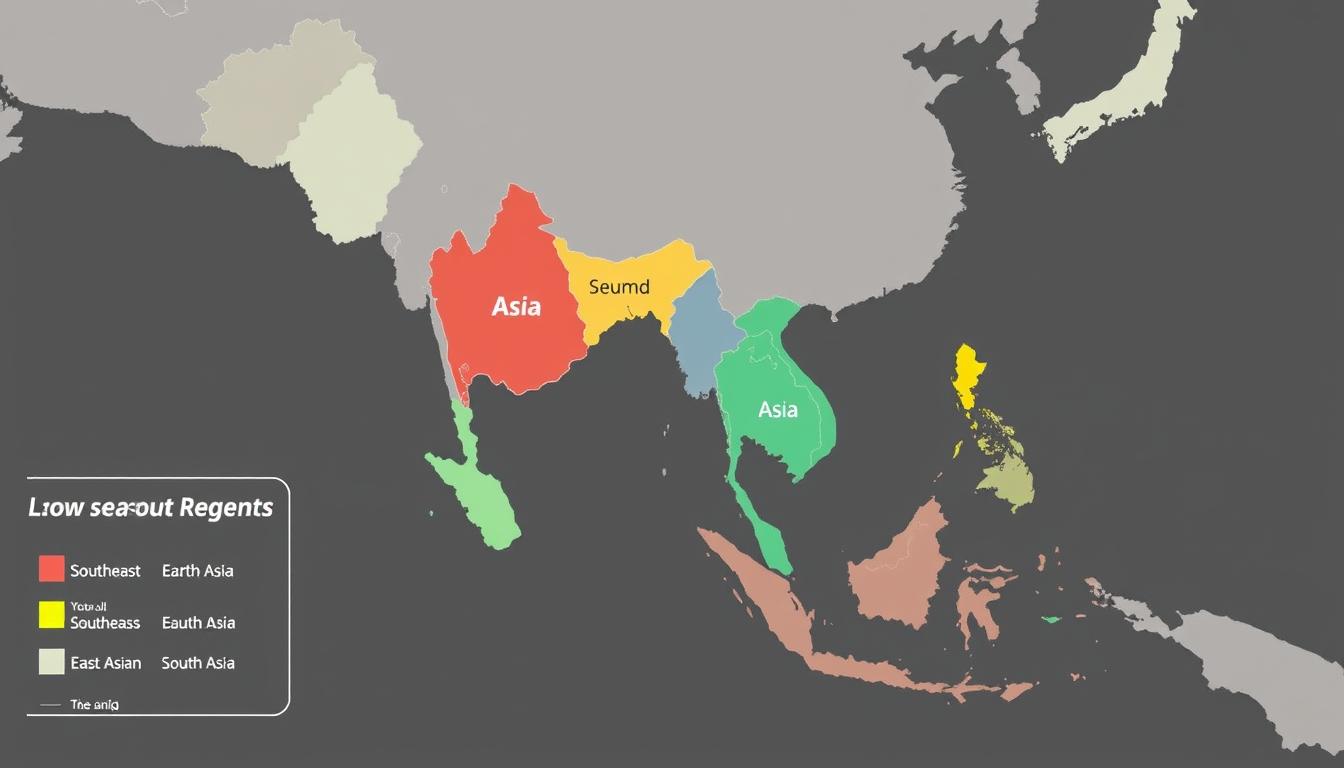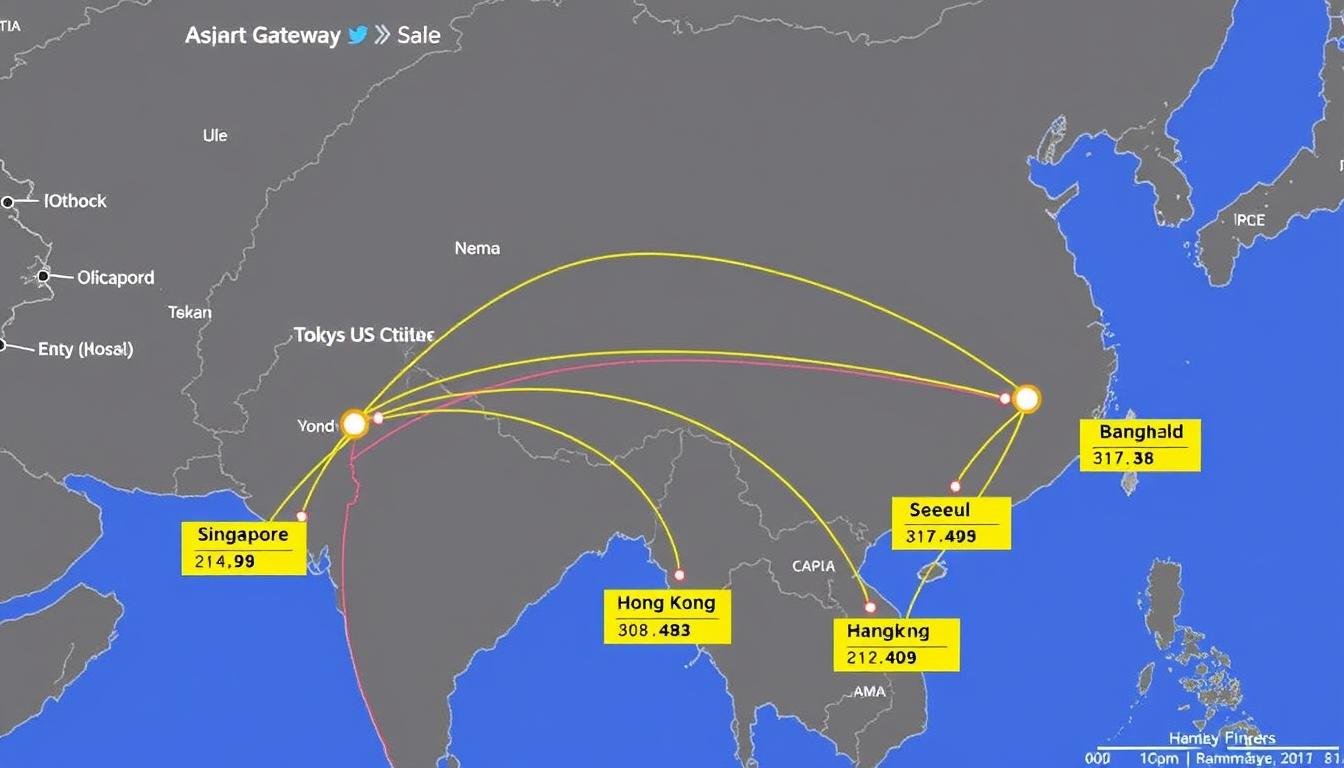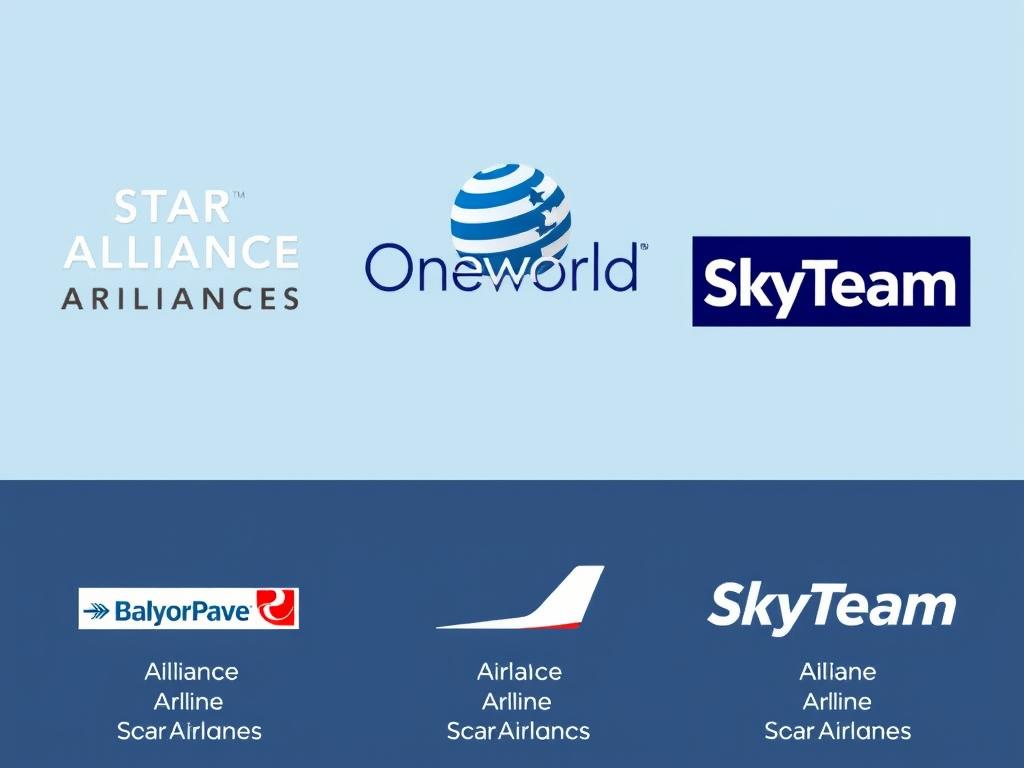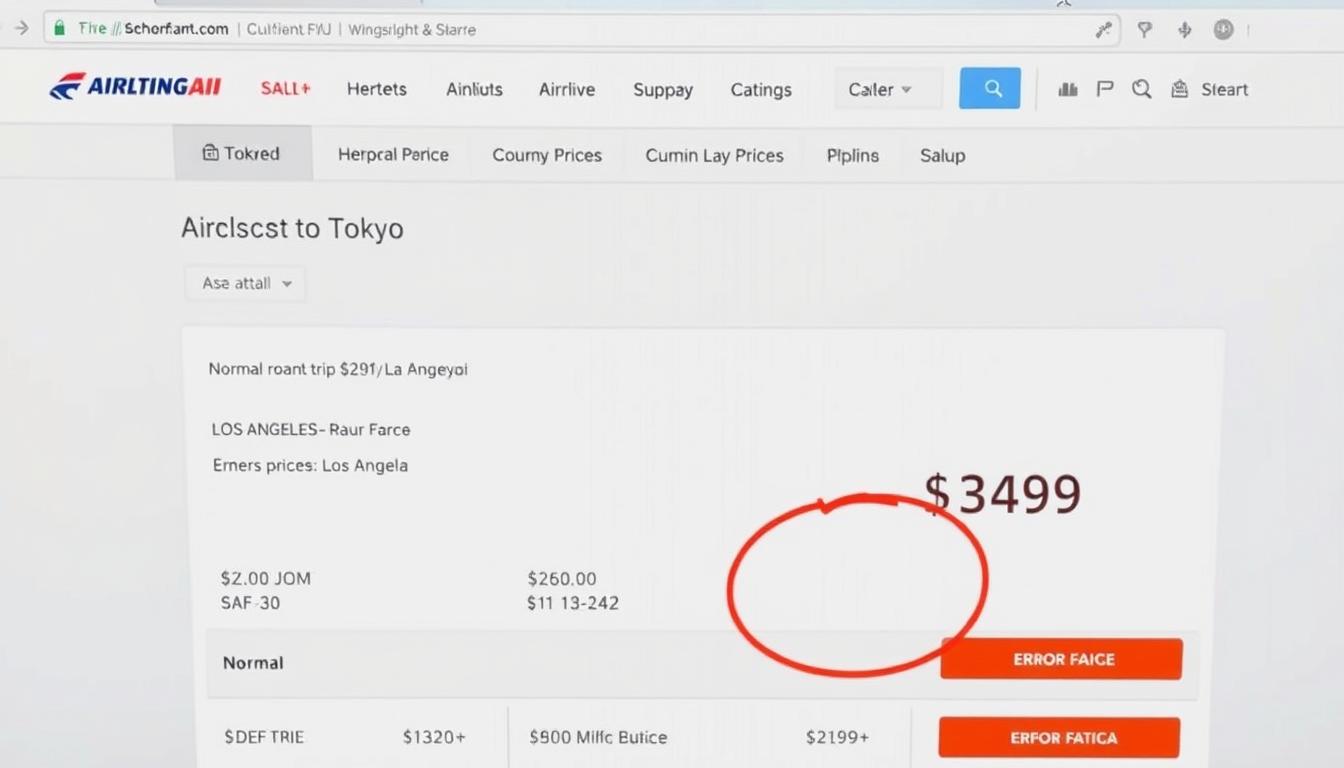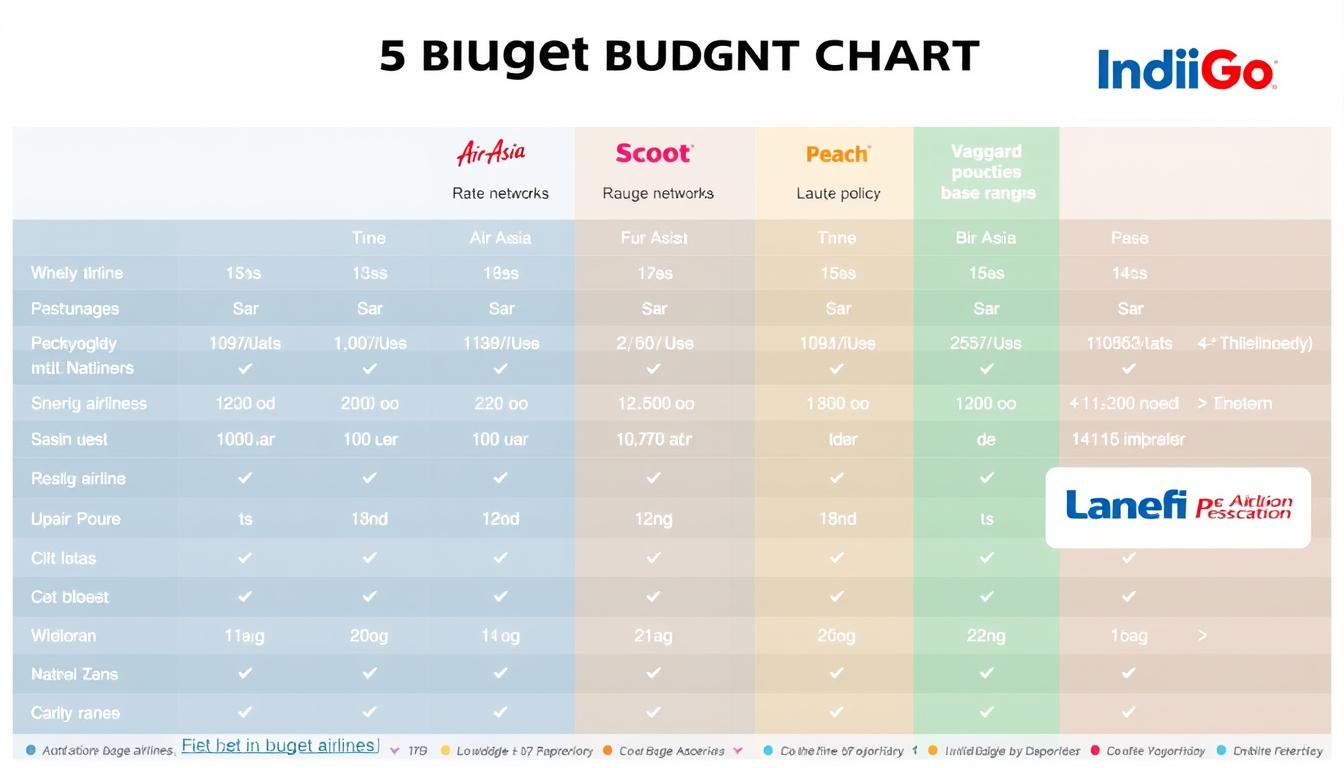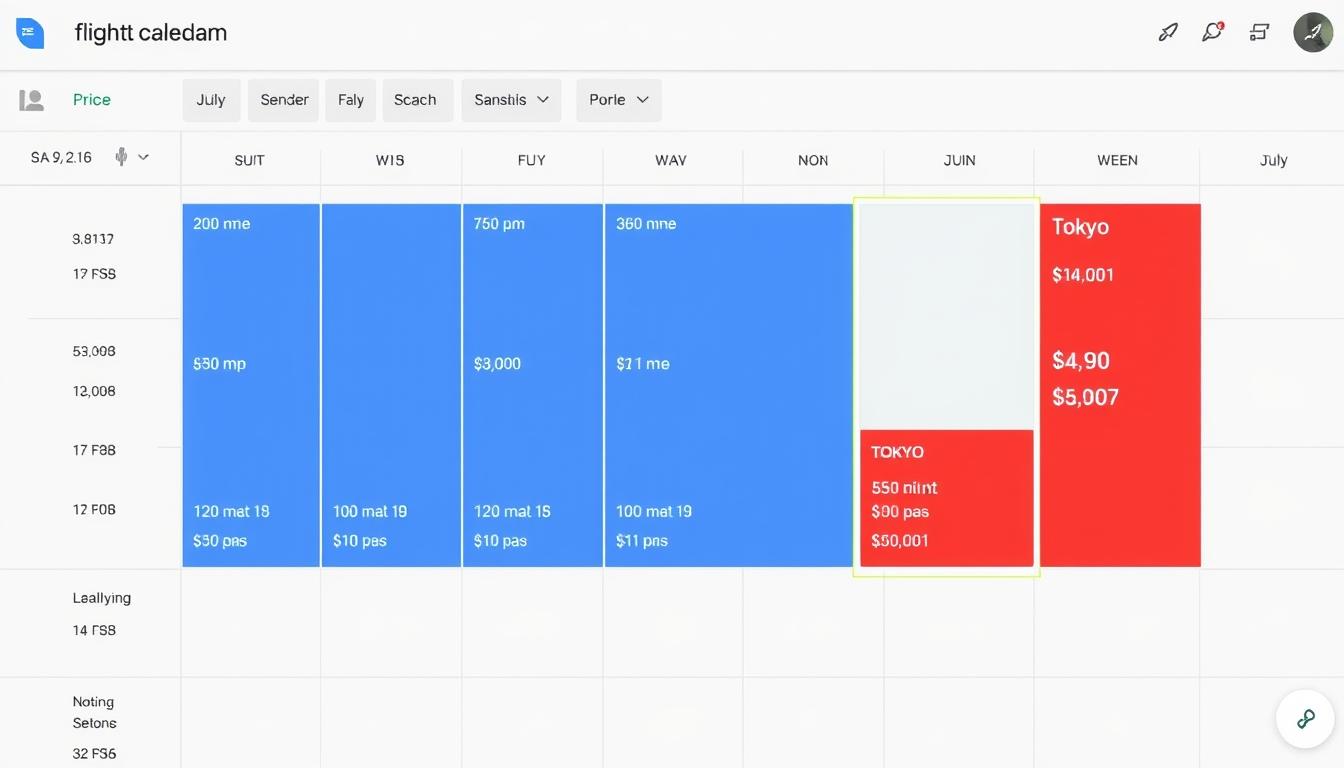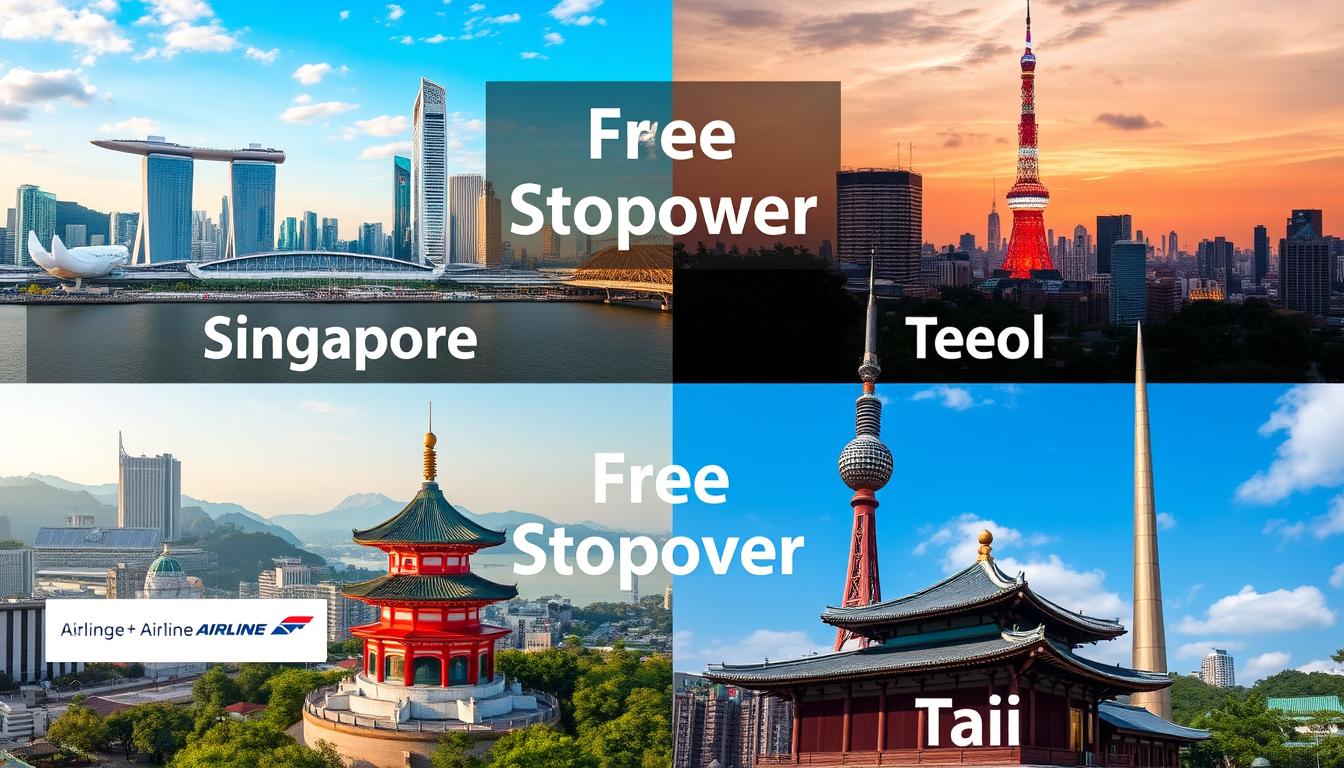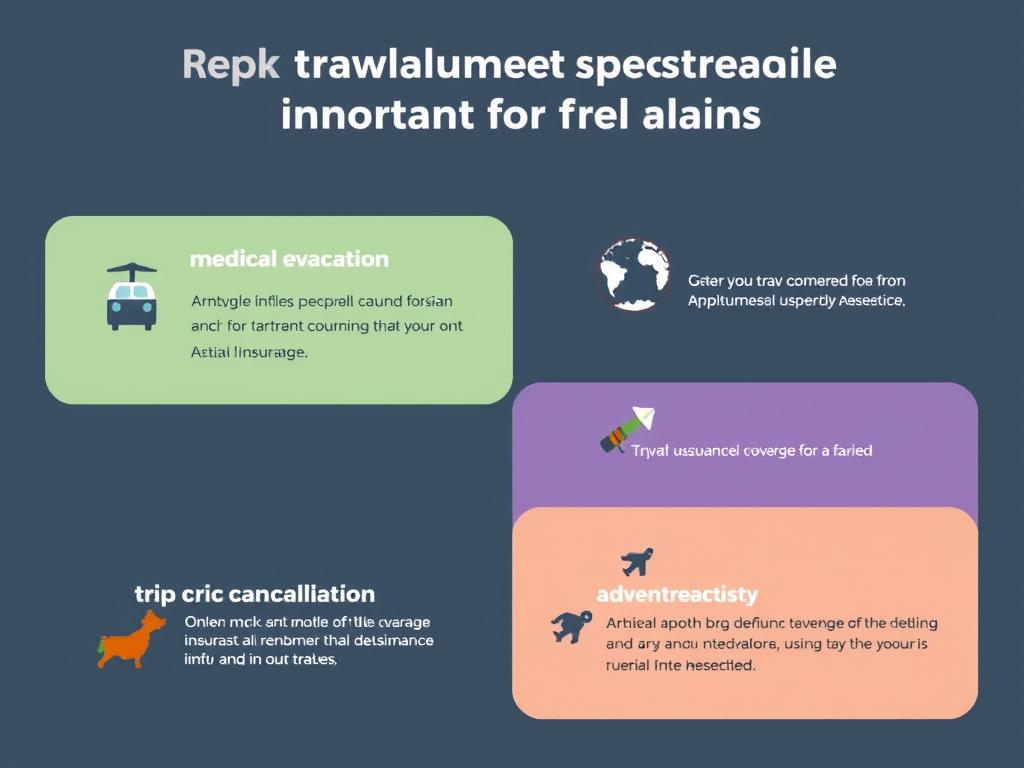The difference between paying standard rates and scoring the best deals to Asia can mean saving enough money to extend your trip by days or even weeks. With airlines constantly adjusting their pricing algorithms and routes, knowing exactly when and how to book can dramatically reduce your travel costs. In this guide, we’ll share ten expert strategies that go beyond basic advice, revealing insider techniques used by seasoned travelers and flight experts.
Tip #1: Master the Art of Timing Your Booking
When it comes to finding cheap flights to Asia, timing is everything. Contrary to popular belief, booking extremely early doesn’t always guarantee the best price. Our analysis of thousands of flights shows that the optimal booking window for Asian destinations is typically 3-6 months before departure.
For major Asian hubs like Tokyo, Singapore, Bangkok, and Seoul, airlines typically release their initial fares about 11 months in advance. However, these prices are rarely their lowest offers. The sweet spot arrives when airlines begin actively managing their inventory, usually 3-6 months before departure dates.
Booking Windows by Asian Region
| Destination Region | Optimal Booking Window | Average Savings | Exception Periods |
| Southeast Asia (Thailand, Vietnam, Philippines) | 4-5 months ahead | 25-30% | Lunar New Year, Summer holidays |
| East Asia (Japan, South Korea) | 3-4 months ahead | 20-25% | Cherry blossom season, Golden Week |
| South Asia (India, Sri Lanka) | 5-6 months ahead | 30-35% | Diwali, December holidays |
| China and Taiwan | 3-5 months ahead | 15-20% | Chinese New Year, National Day |
For travel during peak seasons (summer months and major Asian holidays), extend your booking window by an additional month. During these high-demand periods, prices tend to rise steadily rather than fluctuate, so securing your flight earlier is advantageous.
Ready to start tracking flight prices?
Set up price alerts on Skyscanner to monitor fare changes for your desired Asian destination and travel dates.
Tip #2: Leverage Flight Comparison Tools Strategically
Not all flight search engines are created equal, especially when searching for cheap flights to Asia. Different platforms have different strengths when it comes to specific regions and airlines. The key is knowing which tools to use for which Asian destinations.
Best Search Engines for Asian Flights
Google Flights
Excels at providing a comprehensive overview of options and has the best calendar view for flexible dates. Particularly strong for major Asian hubs like Tokyo, Singapore, and Hong Kong.
Pro tip: Use the “Explore” feature to find the cheapest destinations in Asia during your travel window.
Skyscanner
Often finds the lowest prices for Southeast Asian destinations and includes more regional Asian carriers. Excellent for finding deals to Thailand, Vietnam, and Indonesia.
Pro tip: Use the “Whole Month” search feature to identify the cheapest days to fly.
Momondo
Frequently uncovers unique routing options and combinations that other engines miss. Particularly valuable for South Asian destinations like India and Sri Lanka.
Pro tip: Check their “Flight Insight” feature for data on the cheapest times to book.
The most effective strategy is to cross-reference at least two different search engines before booking. In our testing, price differences of $150-300 for identical routes to Asia were common across different platforms. This simple step of checking multiple sources can yield significant savings.
Search Engine Comparison Strategy
- Start with Google Flights to get a broad overview of prices and dates
- Cross-check specific dates on Skyscanner to find potential savings
- Verify final prices on Momondo, which often finds unique routing options
- Check directly with the airline website before final booking
- For complex multi-city itineraries in Asia, use Kiwi.com’s “Nomad” feature
Remember that some Asian carriers like Air Asia, Scoot, and Peach Aviation may not appear on all search engines. If you’re planning to travel extensively within Asia, check these budget carriers directly.
Tip #3: Master the Art of Flying During Low Season
One of the most effective strategies for finding cheap flights to Asia is understanding and leveraging seasonal pricing variations. Asia’s diverse climate zones create multiple “low seasons” throughout the year, allowing savvy travelers to find exceptional deals if they time their trips strategically.
Low Season Periods by Asian Region
| Region | Low Season Period | Weather Considerations | Potential Savings |
| Southeast Asia | May-October (monsoon season) | Frequent rain, high humidity | 30-45% |
| Japan & South Korea | January-February (except Chinese New Year) | Cold, potential snow | 25-35% |
| China | November-March (excluding Chinese New Year) | Cold in north, mild in south | 20-30% |
| India | April-June (summer heat) | Very hot, pre-monsoon | 35-45% |
| Maldives & Sri Lanka | May-November (monsoon season) | Intermittent rain, fewer crowds | 40-50% |
The “shoulder seasons”—the periods just before and after peak tourist times—often offer the best balance between good weather and affordable prices. For most of Asia, these fall around April-May and September-October.
Expert Insight: Traveling to Southeast Asia during the early weeks of the rainy season (May-June) often means experiencing only brief afternoon showers while enjoying significantly discounted flights and accommodations. The rain patterns are typically predictable, allowing for morning activities without disruption.
Avoiding Peak Pricing Periods
- Chinese New Year (January/February) – Prices skyrocket across East and Southeast Asia
- Cherry Blossom Season (March/April) – Japan flights can double in price
- Golden Week (Late April/Early May) – Avoid travel to/from Japan
- European Summer Holidays (July/August) – Competition from European travelers drives up prices
- Christmas/New Year Period (December/January) – Universal peak pricing across all Asian destinations
By planning your Asian adventure during low season periods, you can often find flights at 30-50% below peak prices. This strategy works particularly well for destinations like Thailand, Vietnam, and Bali, where even the “rainy season” typically features plenty of sunshine between brief showers.
Tip #4: Explore Alternative Gateway Cities
One of the most powerful strategies in our cheap flights to Asia: Ultimate Guide is leveraging alternative gateway cities. Major Asian hubs like Tokyo, Singapore, and Bangkok often have the most competitive pricing, even if they’re not your final destination.
Primary Asian Gateway Cities
Tokyo (NRT/HND)
Excellent for accessing Japan and Korea. Frequent deals from US West Coast cities, often $500-700 roundtrip during sales.
Singapore (SIN)
Perfect hub for Southeast Asia. Singapore Airlines frequently offers competitive fares from US cities, with excellent connections to Indonesia, Malaysia, and Thailand.
Bangkok (BKK)
The budget traveler’s gateway to Southeast Asia. Often the cheapest entry point to the region, with excellent low-cost carrier options for onward travel.
Hong Kong (HKG)
Traditional gateway to China and Southeast Asia. Cathay Pacific frequently offers competitive deals from North America.
Seoul (ICN)
Emerging as a major transit hub with excellent Korean Air and Asiana connections throughout Asia. Often overlooked but frequently offers great deals.
Taipei (TPE)
EVA Air and China Airlines offer excellent value routes from North America with connections throughout Asia. Often 15-20% cheaper than other options.
The Two-Ticket Strategy
Sometimes booking two separate tickets—one to a major gateway city and another to your final destination—can save hundreds of dollars compared to a single itinerary. This approach works particularly well when combining a full-service carrier to the gateway with a regional budget airline for the final leg.
Important: When using the two-ticket strategy, always allow at least 4 hours between flights (preferably overnight) to account for potential delays. Since these are separate bookings, airlines won’t take responsibility for missed connections.
Example Gateway Savings
| Original Route | Direct Price | Gateway Alternative | Combined Price | Savings |
| NYC to Bali | $1,200 | NYC to Singapore ($750) + Singapore to Bali ($120) | $870 | $330 (28%) |
| LAX to Phuket | $950 | LAX to Bangkok ($650) + Bangkok to Phuket ($50) | $700 | $250 (26%) |
| Chicago to Ho Chi Minh | $1,100 | Chicago to Tokyo ($700) + Tokyo to Ho Chi Minh ($250) | $950 | $150 (14%) |
Ready to explore gateway options?
Use Expedia’s multi-city search to compare different routing options through major Asian hubs.
Tip #5: Take Advantage of Airline Alliances and Loyalty Programs
Even if you’re not a frequent flyer, airline alliances and loyalty programs can significantly reduce the cost of your Asian adventure. Understanding how these systems work is a crucial component of finding cheap flights to Asia.
Major Airline Alliances Serving Asia
Star Alliance
Key Asian Members: ANA, Singapore Airlines, Thai Airways, Air China, EVA Air
Strengths: Extensive coverage across East and Southeast Asia with high-quality carriers.
Oneworld
Key Asian Members: Cathay Pacific, Japan Airlines, Malaysia Airlines
Strengths: Strong presence in major business hubs and excellent premium cabins.
SkyTeam
Key Asian Members: Korean Air, China Airlines, Vietnam Airlines, Garuda Indonesia
Strengths: Good coverage of secondary cities and emerging markets in Asia.
Loyalty Program Fast-Track Strategies
Even occasional travelers can accelerate their mileage earning with these strategies:
- Credit Card Sign-Up Bonuses: Many travel credit cards offer enough bonus miles for a free flight to Asia after meeting initial spending requirements
- Shopping Portals: Airline shopping portals offer miles for online purchases you’d make anyway
- Dining Programs: Register your credit card with airline dining programs to earn miles when eating at participating restaurants
- Partner Airlines: Credit miles to a single program even when flying different airlines within the same alliance
- Status Matches: If you have status on one airline, request a status match with an Asian carrier for your trip
Pro Tip: Focus on flexible point currencies like Chase Ultimate Rewards or American Express Membership Rewards, which allow transfers to multiple airline partners. This gives you the flexibility to book with whichever airline offers the best deal to Asia for your specific dates.
Best Mileage Redemptions for Asian Flights
| Program | Sweet Spot Route | Miles Required (Economy) | Approximate Value |
| Alaska Mileage Plan | US to Southeast Asia on Cathay Pacific | 30,000 one-way | 2.5-3.5 cents/mile |
| ANA Mileage Club | US to Japan roundtrip | 50,000 roundtrip | 2.0-3.0 cents/mile |
| United MileagePlus | US to Singapore on Singapore Airlines | 40,000 one-way | 1.5-2.5 cents/mile |
| American AAdvantage | US to Hong Kong on Cathay Pacific | 35,000 one-way | 1.8-2.8 cents/mile |
Even if you don’t have enough miles for a free ticket, many programs allow partial redemptions that can significantly reduce your cash outlay. Look for “cash and miles” options when searching for flights to Asia.
Tip #6: Monitor Error Fares and Flash Sales
Some of the absolute best deals on flights to Asia come from error fares and flash sales. These limited-time opportunities can offer savings of 50-70% off regular prices, but you need to know how to find and act on them quickly.
Understanding Error Fares
Error fares occur when airlines mistakenly publish tickets at incorrect prices due to currency conversion errors, technical glitches, or human mistakes. While not guaranteed to be honored, approximately 60-70% of error fares are ultimately fulfilled by airlines.
Error Fare Advantages
- Can offer savings of 50-80% off normal prices
- Sometimes include premium economy or business class
- Often available for peak season travel
- May include full-service carriers with excellent amenities
Error Fare Considerations
- Require immediate booking (often within hours)
- May be canceled by the airline (though most are honored)
- Often have restricted date ranges
- Typically non-refundable if you change plans
Where to Find Error Fares and Flash Sales
- Dedicated Deal Websites: Services like Scott’s Cheap Flights, Secret Flying, and Airfarewatchdog regularly post error fares
- Flight Deal Forums: Communities like FlyerTalk and Reddit’s r/flightdeals often spot errors quickly
- Airline Newsletters: Subscribe to airlines that frequently serve Asia (Singapore Airlines, Cathay Pacific, ANA, etc.)
- Social Media: Follow airlines and deal accounts on Twitter/X for flash sale announcements
- Google Flights Price Alerts: Set alerts for your routes to catch sudden price drops
When You Find an Error Fare: Book immediately, take screenshots of the confirmation, don’t call the airline to ask about it, and wait 2 weeks before making non-refundable plans around the ticket.
Recent Notable Error Fares to Asia
| Route | Normal Price | Error Fare Price | Airline | Was it Honored? |
| Los Angeles to Hong Kong | $850 | $290 | Cathay Pacific | Yes |
| New York to Bangkok | $950 | $375 | EVA Air | Yes |
| Chicago to Tokyo (Business Class) | $3,500 | $890 | ANA | Yes |
| San Francisco to Singapore | $1,100 | $425 | United | No (refunded) |
Never miss an error fare again
Sign up for a flight deal alert service to be notified immediately when exceptional deals to Asia become available.
Tip #7: Consider Budget Airlines for Significant Savings
Asia has pioneered the budget airline model, with carriers offering remarkably low base fares throughout the region. Understanding how to leverage these airlines—and their limitations—is essential for finding cheap flights to Asia and traveling economically within the continent.
Major Asian Budget Carriers
AirAsia
Hub: Kuala Lumpur, Malaysia
Coverage: Extensive network across Southeast Asia, with some routes to East Asia and Australia
Pricing: Often has base fares as low as $30-50 for international routes within Asia
Scoot
Hub: Singapore
Coverage: Good coverage of Southeast Asia, Australia, and select destinations in India and East Asia
Pricing: Slightly higher than AirAsia but often has excellent long-haul deals
Peach Aviation
Hub: Osaka, Japan
Coverage: Japan domestic and select East Asian destinations
Pricing: Competitive fares for Japan travel, often 40-50% below full-service carriers
VietJet Air
Hub: Ho Chi Minh City, Vietnam
Coverage: Vietnam domestic and growing international network
Pricing: Frequent promotions with extremely low base fares
IndiGo
Hub: Delhi, India
Coverage: Extensive Indian domestic network with growing international routes
Pricing: Very competitive for Indian subcontinent travel
Cebu Pacific
Hub: Manila, Philippines
Coverage: Philippines domestic and select international destinations
Pricing: Regular sales with significant discounts
Understanding the True Cost of Budget Airlines
While base fares may be extremely low, budget carriers generate revenue through ancillary fees. Calculate the total cost before booking:
| Common Fee Type | Typical Cost Range | How to Minimize |
| Checked Baggage | $15-50 per bag | Pre-book online (50% cheaper than airport rates) |
| Seat Selection | $5-25 per seat | Accept random assignment if traveling solo |
| Food & Beverages | $5-15 per meal | Bring your own snacks |
| Payment Processing | $5-10 per booking | Use the preferred payment method (usually local debit cards) |
| Airport Check-in | $10-30 | Check in online and use mobile boarding pass |
Important: Budget airlines often use secondary airports that may be further from city centers. Factor in additional transportation costs when comparing total prices.
Budget Airline Booking Tips
- Book directly through the airline’s website rather than third-party sites to avoid additional fees
- Consider purchasing a “bundle” package if you need baggage, seat selection, and meals
- Pay in the local currency when given a choice to avoid poor exchange rates
- Check connection times carefully if self-connecting between budget carriers
- Print boarding passes in advance for airlines that charge for airport printing
For travelers willing to pack light and forego some conveniences, budget airlines can reduce transportation costs by 40-60% compared to full-service carriers, allowing you to allocate more of your budget to experiences at your destination.
Tip #8: Master the Art of Flexible Travel Planning
Flexibility is perhaps the single most powerful tool for finding cheap flights to Asia. Even minor adjustments to your travel dates, departure airports, or destinations can yield substantial savings.
Date Flexibility Strategies
Our analysis of flight pricing to major Asian destinations reveals consistent patterns that savvy travelers can exploit:
- Mid-week Advantage: Flying on Tuesdays and Wednesdays typically saves 15-20% compared to weekend departures
- Shoulder Season Sweet Spots: The first two weeks of May and last two weeks of October offer near-perfect combinations of good weather and lower prices across most of Asia
- Long-stay Discounts: Trips lasting 10+ days often price lower than shorter stays due to Saturday night stay requirements
- Holiday Buffer: Flying 2-3 days before or after major holidays can save hundreds compared to peak dates
- Reverse Seasonality: Consider northern Asia (Japan, Korea) during winter and southern destinations (Thailand, Singapore) during summer for counter-seasonal deals
Using Flexible Date Tools
Google Flights Explorer
Best for visualizing price trends across multiple months. Use the “Explore” feature and set your home airport to see a world map with the lowest prices to Asian destinations.
Skyscanner “Whole Month”
Excellent for identifying the absolute cheapest days to fly within a specific month. Shows day-by-day price variations in an easy-to-read calendar format.
Kiwi Date Range
Powerful for complex itineraries. The “Nomad” feature can optimize multi-city Asian itineraries based on price rather than fixed dates.
Airport and Destination Flexibility
Expanding your search parameters geographically can unlock significant savings:
| Strategy | Example | Typical Savings |
| Alternative Departure Airports | Flying from Philadelphia instead of New York to Tokyo | $150-300 |
| Regional Airport Pairs | Flying into Osaka instead of Tokyo | $100-250 |
| Country Flexibility | Flying to Kuala Lumpur instead of Singapore | $150-350 |
| Open-Jaw Itineraries | Flying into Bangkok and out of Singapore | $200-400 |
Pro Tip: For maximum flexibility, search for flights to “Asia” as a region rather than a specific country in Google Flights Explorer. This will display the cheapest destinations across the continent for your dates, potentially revealing deals you wouldn’t have considered otherwise.
Ready to explore flexible options?
Use Skyscanner’s “Everywhere” search to discover the cheapest Asian destinations for your flexible travel dates.
Tip #9: Leverage Stopover Programs for Free Mini-Vacations
Several Asian airlines offer free or low-cost stopover programs that allow you to visit their hub cities at no additional airfare cost. This strategy essentially gives you two destinations for the price of one, adding tremendous value to your journey.
Top Asian Airline Stopover Programs
| Airline | Stopover City | Program Details | Booking Process |
| Singapore Airlines | Singapore | Free or $40 stopover with hotel discounts and attraction vouchers | Book through “Singapore Stopover Holiday” on their website |
| Japan Airlines | Tokyo, Osaka | Free stopover on international tickets | Book multi-city itinerary on JAL website |
| Cathay Pacific | Hong Kong | Free stopover with special hotel rates | Book multi-city itinerary on Cathay website |
| Korean Air | Seoul | Free stopover with transit tours for shorter layovers | Book through “Excellent Boarding Pass” program |
| EVA Air | Taipei | Free stopover with hotel discounts | Book multi-city itinerary on EVA website |
| Thai Airways | Bangkok | Free stopover with optional hotel packages | Book through “Royal Orchid Holidays” program |
Maximizing Stopover Value
- Optimal Duration: 2-3 days is typically ideal for a stopover—enough time to experience the city without requiring extensive planning
- Strategic Timing: Place your stopover on the return journey to break up the long flight home when you’re likely to be more fatigued
- Seasonal Considerations: Some cities like Singapore are pleasant year-round, while others like Seoul are best visited during specific seasons
- Visa Requirements: Many stopover cities offer transit visa exemptions, but verify requirements for your nationality
- Airport-to-City Access: Consider transportation efficiency—Singapore, Hong Kong, and Seoul have excellent airport-to-city connections
Bonus Tip: Some airlines offer free city tours for passengers with layovers as short as 4-6 hours. Changi (Singapore), Incheon (Seoul), and Taoyuan (Taipei) airports all offer free city tours for eligible transit passengers.
Example Stopover Itinerary
Los Angeles → Tokyo (3-day stopover) → Bangkok → Singapore → Hong Kong (2-day stopover) → Los Angeles
When booking stopovers, always compare the multi-city pricing on the airline’s own website against what third-party sites offer. While online travel agencies can sometimes find lower fares, airline-specific stopover programs with added benefits are typically only available when booking directly.
Tip #10: Protect Your Travel Investment Wisely
After securing cheap flights to Asia, protecting your travel investment becomes crucial. The right combination of travel insurance, fare protection, and booking strategies can save you from costly disruptions while maintaining the value of your discounted airfare.
Essential Protection Strategies
Travel Insurance
Comprehensive travel insurance is particularly important for Asian travel due to potential language barriers in medical situations and the high cost of emergency evacuation from remote areas.
Key coverage to look for: Medical evacuation, trip cancellation/interruption, and coverage for adventure activities.
Fare Protection
Some booking platforms offer fare protection that allows you to lock in a price for 24-72 hours while you finalize plans. This can be valuable when you spot a great deal but need time to coordinate with travel companions.
Where to find it: Expedia, Hopper, and some airlines offer this service for a small fee.
Credit Card Benefits
Many travel-focused credit cards include valuable protections that can save you thousands if things go wrong.
Common benefits: Trip cancellation/interruption insurance, baggage delay reimbursement, and rental car coverage.
Important: Many travel insurance policies have exclusions for certain Asian countries or regions. Always verify that your destination is fully covered, particularly if traveling to more remote areas.
Booking Strategies That Provide Protection
- 24-Hour Cancellation Rule: US Department of Transportation regulations require airlines to allow cancellation within 24 hours of booking for flights to or from the US
- Refundable Fare Difference: Sometimes paying 10-15% more for a refundable or flexible ticket provides valuable peace of mind for long-haul Asian journeys
- Direct Booking Advantage: Booking directly with airlines often provides better protection and service during disruptions than through third-party sites
- Avoid Tight Connections: For self-connected itineraries, allow at least 3 hours between flights (preferably 4+ for international connections in Asia)
- Digital Backup: Keep digital copies of all travel documents, including visa approvals, in cloud storage accessible from any device
Travel Insurance Comparison for Asian Travel
| Insurance Provider | Best For | Approximate Cost | Key Strengths |
| World Nomads | Adventure travelers, longer trips | $150-250 for 2 weeks | Excellent coverage for adventure activities, high medical evacuation limits |
| Allianz Global Assistance | Family travelers, shorter trips | $100-180 for 2 weeks | Reliable customer service, good coverage for common issues |
| SafetyWing | Digital nomads, extended stays | $40-80 per month | Subscription model, renewable while abroad, affordable |
| AXA Travel Insurance | Luxury travelers, high-value trips | $180-300 for 2 weeks | High coverage limits, excellent for expensive itineraries |
Protect your Asian adventure
Get a quote from World Nomads for comprehensive travel insurance that covers the unique needs of travelers to Asia.
Conclusion: Your Roadmap to Affordable Asian Adventures
Finding cheap flights to Asia doesn’t happen by accident—it’s the result of strategic planning, flexibility, and knowing where to look. By implementing the ten expert strategies outlined in this ultimate guide, you can save hundreds or even thousands of dollars on your next journey to Asia.
Remember that the key principles of securing the best deals include:
- Timing your booking strategically (typically 3-6 months in advance)
- Using multiple search engines to compare options
- Considering alternative gateway cities and routes
- Leveraging airline alliances and loyalty programs
- Staying alert for error fares and flash sales
- Maintaining flexibility with dates and destinations
- Taking advantage of free stopover opportunities
- Protecting your travel investment appropriately
Asia’s incredible diversity—from the neon-lit streets of Tokyo to the serene beaches of Thailand, from the ancient temples of Cambodia to the futuristic skyline of Singapore—offers something for every traveler. With airfare often representing the largest expense of an Asian journey, mastering the art of finding cheap flights opens up possibilities for longer stays, upgraded accommodations, or simply more memorable experiences at your destination.
Start applying these strategies today, and your dream Asian adventure may be more affordable than you ever imagined. Safe travels!
Ready to find your perfect flight to Asia?
Start your search on Expedia to compare prices across multiple airlines and find the best deal for your Asian adventure.

